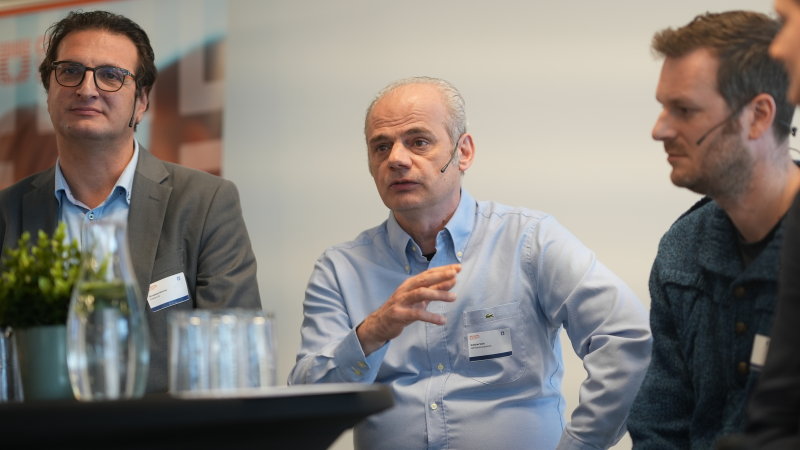Your cart is currently empty!
When the physics gets too complicated
The behavior of super-complex, multi-physical systems is difficult to predict. So how can you do thorough predictive maintenance? The High Tech Systems Center of Eindhoven University of Technology puts forward researchers who use artificial intelligence and digital twins to tackle this problem. A good dash of physics makes all the difference.
Dutch machine builders sell their high-tech systems all over the world. If one of the machines in the field fails, this can be very expensive. Depending on the application, a customer can look at a financial setback of a million dollars. Thus, machine builders are pushed by their clients to find solutions that allow them to accurately predict when their systems will fail. That way, the necessary repairs can be carried out or the (almost) worn parts can be replaced during a planned shutdown so that losses are kept to a minimum. How to properly estimate when a machine will malfunction is the field of predictive maintenance.
To some, maintenance may sound like a job for men in dirty overalls, but it actually requires good fundamental and scientific research. At Eindhoven University of Technology, the contribution of artificial intelligence to mechanical engineering is being stimulated, completely in line with the merger of the High Tech Systems Center with EAISI. A research project is underway at the university on system monitoring and predictive maintenance based on digital twins, with ASML, Canon Production Printing and VDL ETG as industrial partners.


